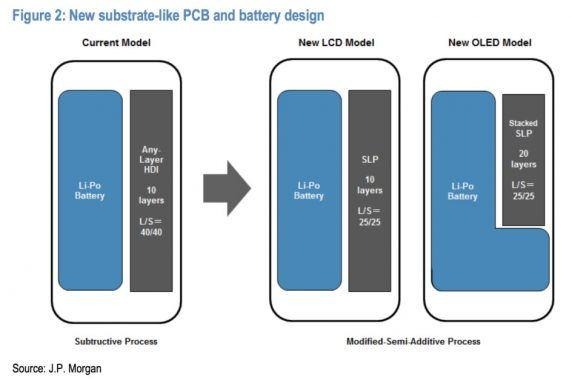Galaxy S9 To Use Substrate-Like PCB To Fit Larger Battery
Smartphones are getting more and more powerful each year and consumers have expected as much from high-end models year after year. The actual hardware components used in these smartphones, however, have a harder time catching up to expectations. Batteries, most especially, haven't changed that much in the past decade or so and the only solution has been to just use larger and larger batteries while also trying to be more efficient in their use. Samsung may have a solution for the former by supposedly employing Substrate-like PCB, or SLP, for the Galaxy S9 next year, which would allow Samsung to shrink the main board and make room for a larger battery.
Space is at a very high premium in smartphones, which is one of the reasons why chip makers are always trying to make their silicon smaller. But even as application processors (AP) like the Samsung Exynos and Qualcomm Snapdragon continue to shrink, the mainboards, the smartphone equivalent of a computer motherboard, as remained the same size for a long while. And that size has limited how much battery you can cram in whatever space is left.
Using SLP would alleviate that problem. Though not exactly new technology, it hasn't yet been used in such a massive degree that Samsung is supposedly planning to. Unlike the popular High Density Interconnect (HDI) technology in current use, SLP makes use of even more layers of material. In addition, SLP allows for even thinner connections, as small as 15 nm or less, between components, taking advantage of the already small chips.
The end result is that an SLP mainboard will be able to fit the same, maybe even more, components as today's smartphones but at a fraction of the space taken up by conventional mainboards. That freed up space will be used, of course, for fitting a larger battery.

Samsung isn't the only one aiming for using SLP. Apple is also eying the same strategy for its 2018 models. If both these smartphone giants manage to pull it off without a hitch, it could mark a new turning point in the history of smartphones. One where other OEMs that don't have access to SLP technology and components will have a hard time catching up with.
VIA: ETnews
